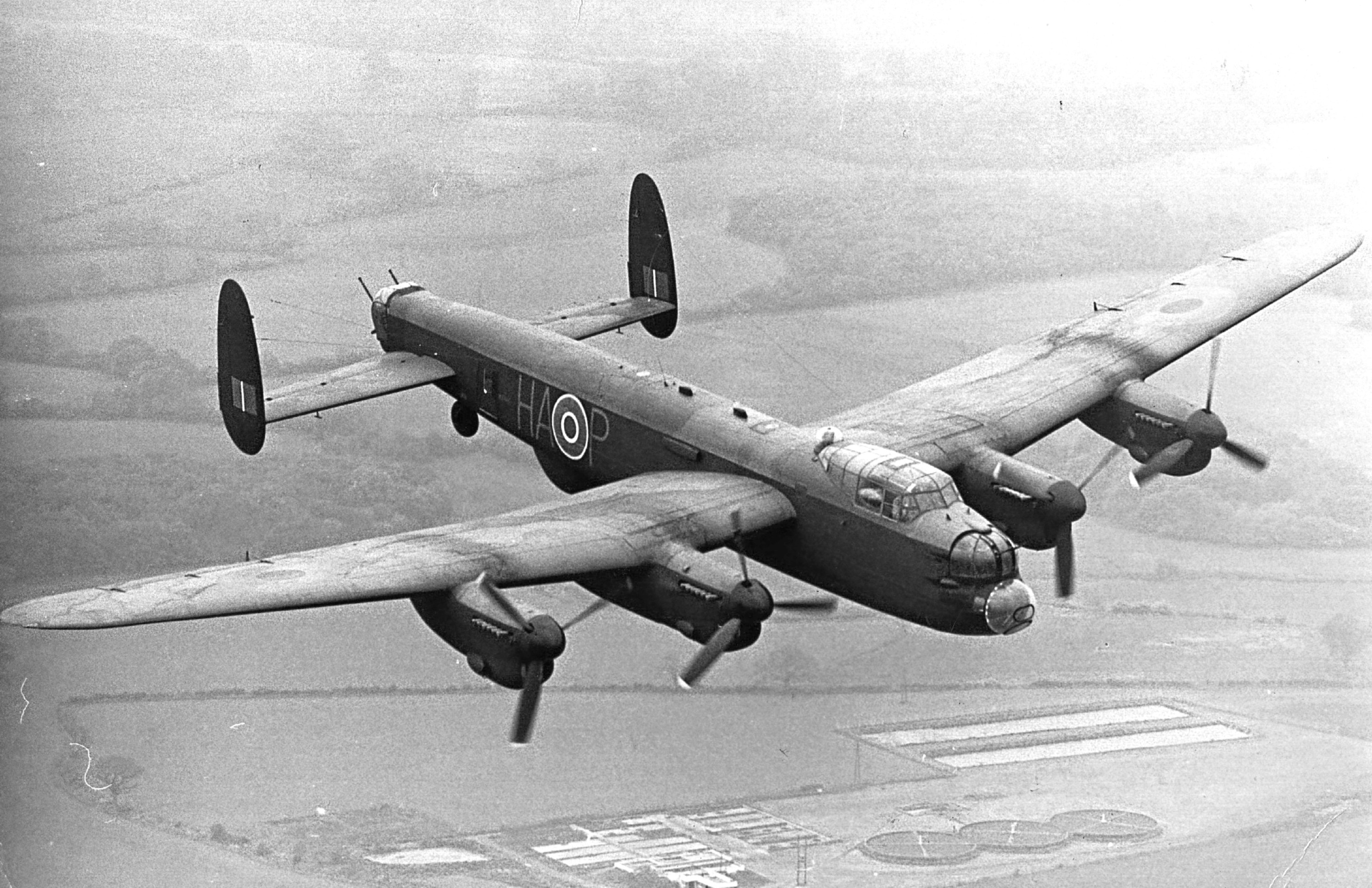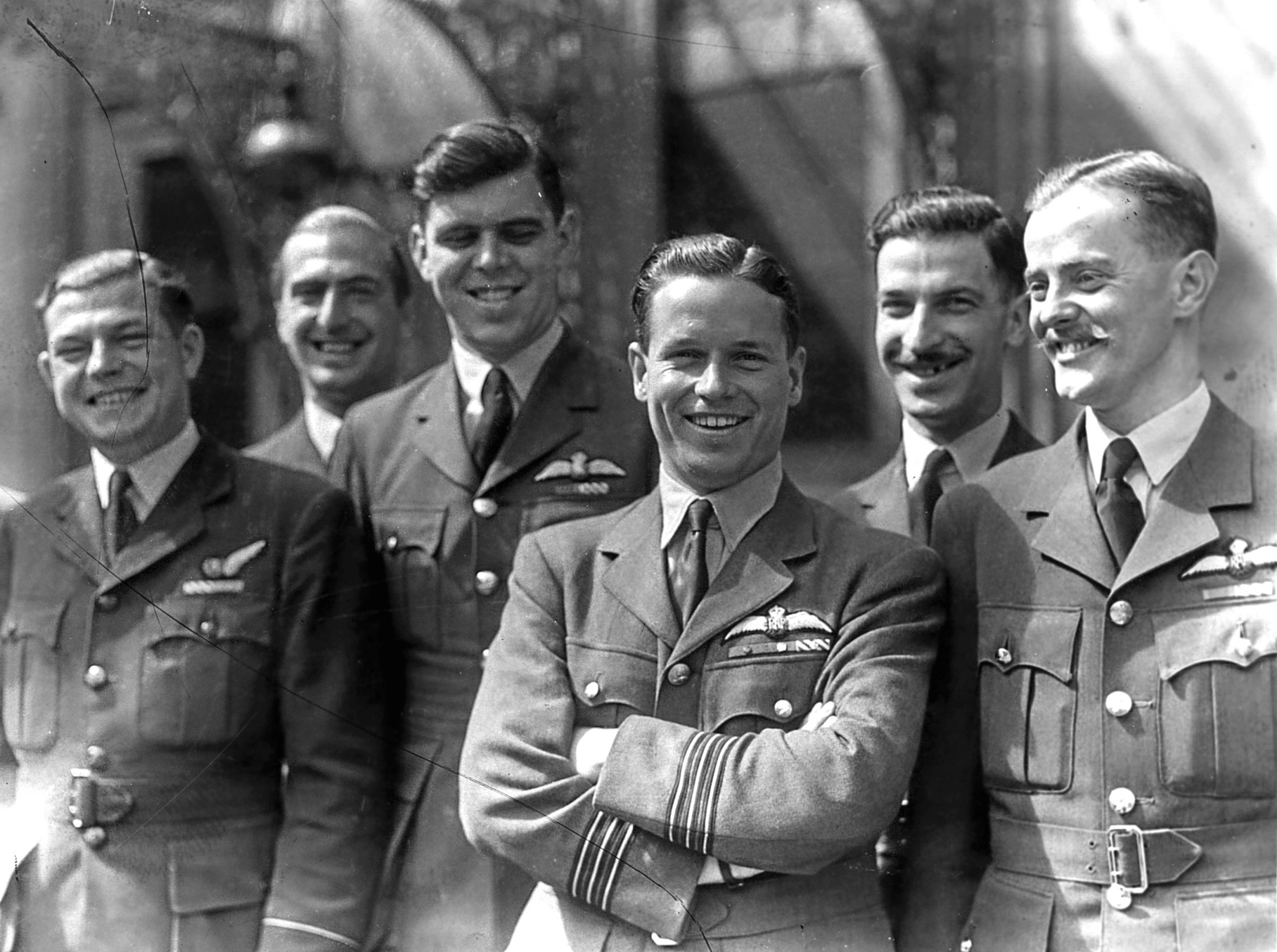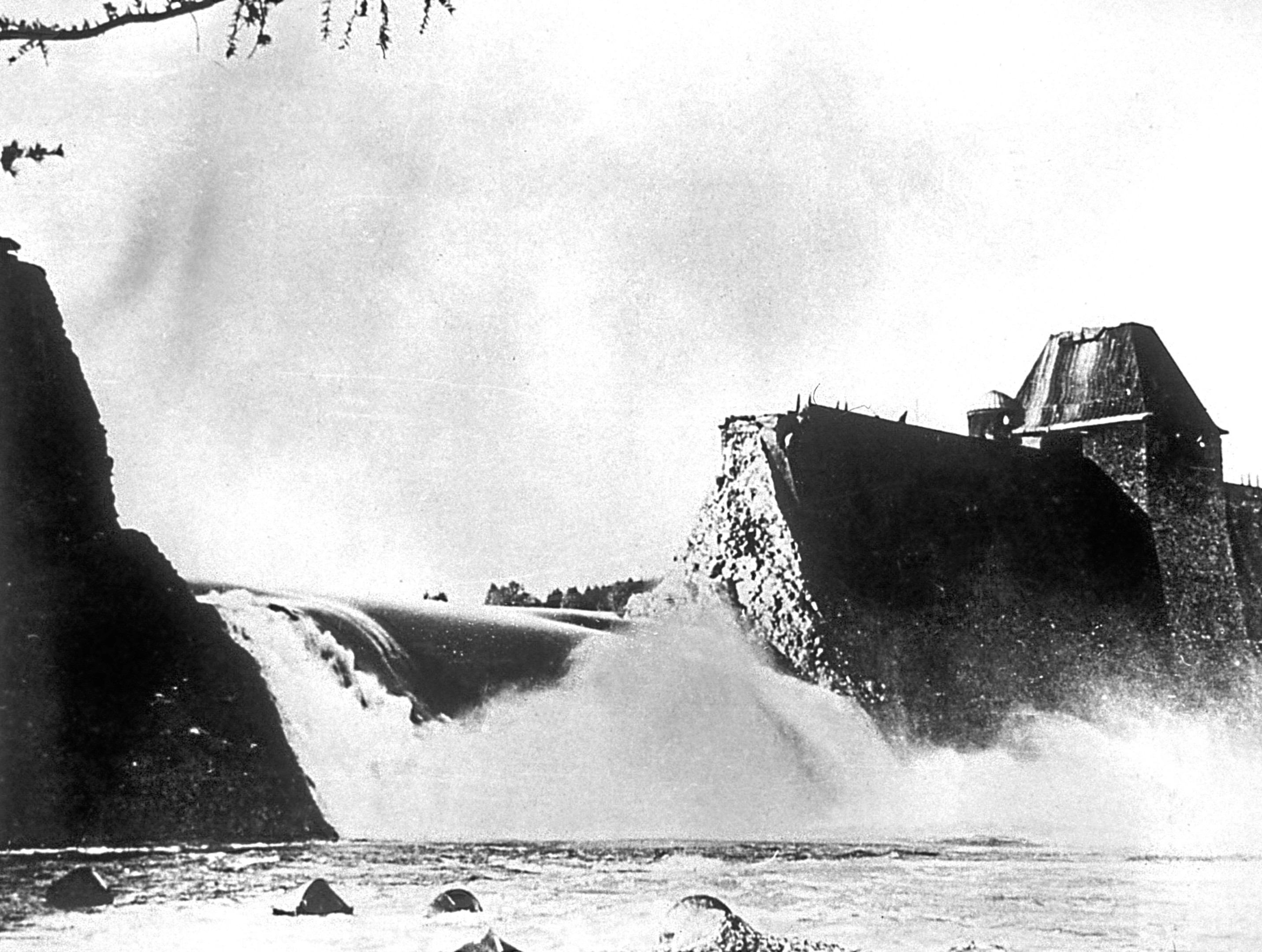
YOU might not have heard of the Royal Air Force’s 617 Squadron.
But you’ll certainly know their nickname – the Dambusters.
It’s now 75 years since Wing Commander Guy Gibson led his squadron on a dangerous mission, codenamed Operation Chastise, to cripple the Third Reich’s industrial centre, the Ruhr Valley.
On the night of May 16-17 they flew their Lancaster bombers to the heart of Germany and dropped Barnes Wallis’s revolutionary “bouncing bombs” to breach the dams that supplied the Ruhr’s factories with water and electricity.
The floodwaters also devastated towns and coalmines but debate still rages as to whether the operation was a success both in terms of the damage wrought on the Nazi war effort and the human cost of aircrew lost and civilians killed on the ground.
The Ruhr, and particularly its dams, had actually been identified by the British Air Ministry as important strategic targets even before the outbreak of the war.
As well as supplying power to the region and pure water for the Ruhr’s steel mills, the dams also supplied drinking water and water for the canal transport system that allowed Germany to move vital war material from the factories to the front lines.
It was calculated that an attack with large bombs could breach the dams but at that point the RAF lacked both the required accuracy and a large enough weapon.
Wallis, assistant chief designer at Vickers who had designed the Wellington bomber that was the backbone of Bomber Command in the early years of the war, was working on an anti-shipping bomb with Admiralty support and the idea of using it to blow the dams was soon considered, too.
He came up with the “earthquake bomb” concept in which a 10-ton bomb dropped from 40,000 feet would bury itself deep into the ground before exploding, causing a seismic effect that would literally shake the target to pieces.
The trouble was the RAF lacked a plane capable of carrying such a bomb or reaching that altitude but Wallis calculated that a smaller explosion directly against the dam wall under water would have the same effect.
The German dams were protected by torpedo nets to prevent just such an attack so Wallis, according to legend inspired by skimming stones, devised a drum-shaped bomb that resembled a depth charge that, if spun backwards at 500rpm and dropped at exactly the right height and speed would skip over the surface of the reservoirs before hitting the dam wall.
The residual spin would then run the bomb down the wall and a hydrostatic fuse would detonate it at precisely the right depth to create the maximum explosive force.
Tests in 1942 blew up a disused dam and it was demonstrated that a bomb of sufficient size to destroy the German dams could be carried by the new Avro Lancaster that was now beginning to be issued to the RAF’s heavy bomber squadrons.
But the Ministry of Aircraft Production felt Wallis was being distracted from his main role of designing new, bigger bombers, and Sir Arthur Harris, CO of Bomber Command, didn’t want to give up any of his new aircraft.
Frustrated, Wallis resigned and it was only when an intelligence officer, on his own initiative, showed Chief of the Air Staff, Charles Portal, film of the successful trials that Wallis was reinstated and Harris overruled.
Portal ordered 30 Lancaster be allocated and set a target date of May 1943 when water levels would be highest and breaches would cause most damage.
But with just eight weeks to go, the larger version of the bomb, codenamed Upkeep, was yet to be designed.
A new unit was formed for the dams mission, initially called Squadron X until the RAF numbering process caught up and designated it 617 Squadron.
Led by Guy Gibson, a veteran of 170 sorties despite being just 24, 21 top crews were selected from 5 Group consisting of RAF, Canadian, Australian and New Zealand personnel.
The targets selected were the Mohne and Sorpe dams, with the Eder dam being a secondary target.
Intensive training began with the problem of releasing the bombs at the correct height solved by mounting a spotlight in the nose and tail of the Lancasters – when they converged on the water’s surface the bomber was flying at the optimum 60 feet.
The code to be transmitted for breaching the Eder dam was Dinghy.
“Dinghy” was the nickname of Squadron Leader Henry Young, one of the flight leaders, as he’d twice been rescued from dinghies after crash-landing in the sea.
On May 16, 19 Lancasters launched in three waves from their base at RAF Scampton, now home of the Red Arrows, but despite routing around known anti-aircraft defences a combination of flak and flying at extremely low level meant only 11 bombers reached the targets.
One had flown so low over the North Sea he hit the surface and his bomb was ripped off, and two more hit electricity pylons or high-voltage cables and crashed.
More aircraft were shot down when the formation reached the Mohne dam but the third successful hit saw the dam breached and Gibson led his remaining bombers to the Eder.
The surrounding hills made for a very difficult bomb run but two more direct hits saw the second dam breached.
The Sorpe dam was also attacked but it was an earthen dam, not concrete like the others, and only minimal damage was caused.
Just an hour after the last Lancaster touched down at Scampton, a photo-reconnaissance Spitfire took off and brought back images of huge torrents raging through the Ruhr, only the tops of trees and church steeples showing above the floodwater.
Factories, houses, roads, railways and bridges were swept away, and mines flooded as the waters spread 50 miles across the valley.
No wonder 617 later adopted the motto “Apres moi le deluge” – “After me, the flood”.
But though water and coal production was hard hit, later analysis showed it was far from a knockout blow as both were restored to pre-raid levels just over a month later.
Greater damage was actually caused to food production with much arable land and many farm animals washed away.
It is estimated 1,600 people were killed on the ground, 1,000 of them forced labourers from the Soviet Union, half of whom were women.
The cost was heavy for 617 Squadron, too. Eight bombers were lost, with 53 aircrew killed and three taken prisoner – a casualty rate of almost 40%.
But overall the raid was a strategic success.
It was part of an effort to keep German forces, including Luftwaffe fighters, in Germany and away from the front lines and the vast manpower needed for repair work was unavailable to help construct the Atlantic Wall which would have hindered D-Day.
Also, the images of the broken dams were an enormous boost to British morale, and a savage blow to Germany’s at the same time.


Enjoy the convenience of having The Sunday Post delivered as a digital ePaper straight to your smartphone, tablet or computer.
Subscribe for only £5.49 a month and enjoy all the benefits of the printed paper as a digital replica.
Subscribe
